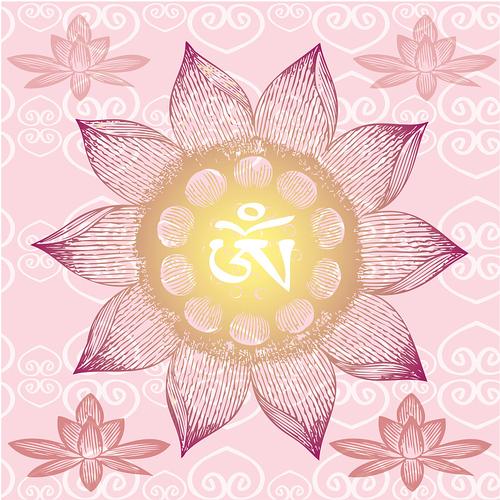Understanding the Om Design Meaning: A Comprehensive Guide
The Om design meaning is a concept that has intrigued many people around the world. It is a symbol that holds significant importance in various cultures and spiritual practices. In this article, we will delve into the meaning of Om, its origins, and its significance in different contexts.
Origins of Om
The Om symbol, often represented as three curves in a triangle formation, has its roots in ancient Indian culture. It is considered to be the primordial sound from which the universe emerged. The word “Om” itself is derived from the Sanskrit language and is believed to be the first sound of creation.

According to Hindu mythology, the universe was created from the sound of Om. It is said that Brahma, the creator god, chanted Om to bring the universe into existence. This belief is reflected in the Rigveda, one of the oldest sacred texts in Hinduism.
Symbolism of Om
The Om symbol is rich in symbolism and has various meanings depending on the context. Here are some of the key interpretations:
-
Universal Sound: Om is considered to be the universal sound that encompasses all other sounds. It represents the oneness of the universe and the interconnectedness of all living beings.
-
Divine Presence: Om is often associated with the divine presence. It is believed to be the sound of God or the ultimate reality. Many spiritual practices involve chanting Om to invoke the divine presence.

-
Creation and Destruction: Om is also associated with the cycles of creation and destruction. The three curves in the symbol represent the past, present, and future, as well as the stages of creation, preservation, and destruction.
-
Balance and Harmony: Om is considered to be a powerful tool for achieving balance and harmony in life. It is believed to purify the mind, body, and spirit, and promote inner peace.
Om in Different Cultures
The significance of Om extends beyond Hinduism. It is also found in other cultures and spiritual traditions:
-
Buddhism: In Buddhism, Om is considered to be a sacred sound that represents the Buddha’s teachings. It is often chanted during meditation and rituals to invoke the presence of the Buddha.
-
Jainism: In Jainism, Om is considered to be the ultimate reality and the source of all existence. It is chanted as a form of meditation and is believed to purify the soul.
-
Sikhism: In Sikhism, Om is considered to be the universal name of God. It is chanted as a form of worship and is believed to bring spiritual enlightenment.
Om in Modern Times
In modern times, the Om symbol has gained popularity beyond its spiritual and religious contexts. It is often used in various forms of art, fashion, and design. Here are some examples:
-
Art: Om is a common motif in Indian art, particularly in paintings and sculptures. It is often used to represent the divine presence and the oneness of the universe.
-
Fashion: The Om symbol has been incorporated into various fashion designs, from clothing to accessories. It is often used as a symbol of spirituality and mindfulness.
-
Design: Om is a popular design element in graphic design, particularly in logos and branding. It is believed to convey a sense of peace, harmony, and spirituality.
Table: Om Symbol in Different Cultures
| Culture | Significance | Usage |
|---|---|---|
| Hinduism | Primordial sound, divine presence, creation and destruction, balance and harmony | Chanting, meditation, sacred texts |
| Buddhism | Sacred sound, Buddha’s teachings, meditation, rituals | Chanting, meditation, rituals |



